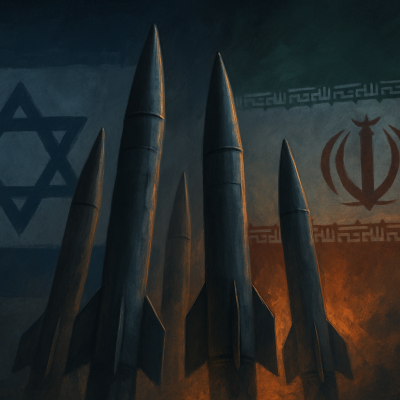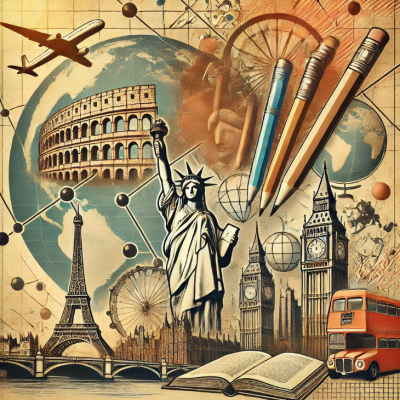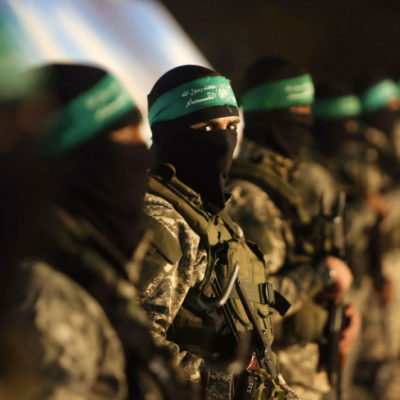Satoshi Ikeuchi, Professor, Religion and Global Security, University of Tokyo
Today marks the tenth anniversary of the event which shaken and is still shaking the order of the Middle East. On December 17 in 2011, a young Tunisian street vender Mohamed Bouazizi committed suicide by self-immolation, protesting police harassment, which sparked waves of protests in his country and then in the entire Arab world.
The world order is presently undergoing a rapid change and the “Arab Spring” transformation in the Middle East was a precursor of it and has been at the center of it.
The “Arab Spring” upheavals destroyed the stagnant stability which had been characteristics of the regimes and societies of the Middle East for the previous decades. The age of the depressed and frustrated tranquility before the Arab Spring has gone forever and replaced by the turbulent and clamorous days of today, if we could accept it or not.
One of the prominent features of the Middle East order after the Arab Spring has been its fluidness and there is a strong tendency of the proliferation of areas of disorder.
The new map of the Middle East is studded with dots and spots. There are areas looking like dots and spots which has been severed from effective control of the central government, if whatever government exists. These areas are often called as “ungoverned spaces” but they are not necessarily falling into a total disorder or utter ungovernability.
Dispersed here and there, those ungoverned areas are actually partially governed by militants connected by tribal, sectarian, regional, national and sometimes religious ideological identities, i.e. Huthi rebels in Yemen and Kurdish forces in Syria. Warlords and armed groups are most of the time illegitimate internationally but are locally keeping safety for some, even though posing threats for others.
Along with those dots and spots of local governing entities, it seems a fragment of order is emerging. I would rather call is a “world patchworked” in which those areas of fragmented governments by local forces are coexisting and sewn together with emerging regional powers which are more stable. The number of these regional powers are limited, not more than 4 or 5.
Iran, if you like it or not, is one those regional powers which presides over some part of the new Middle East order. Turkey is other regional power which is regaining or seeking to regain the power and glory of the past empire, which irritates and frighten its Arab neighbors and compelling them to align with each other across the division of nationalities.
Israel is trying to play a role of a linchpin in this new regional realignment or possibly alliance, but with the early exit of the US President Trump and his family from the regional diplomatic scene, how long it can keep the pace and how far it can reach is not certain by now.





